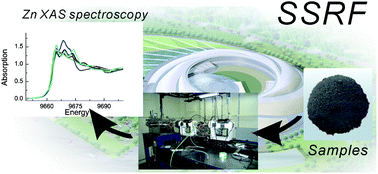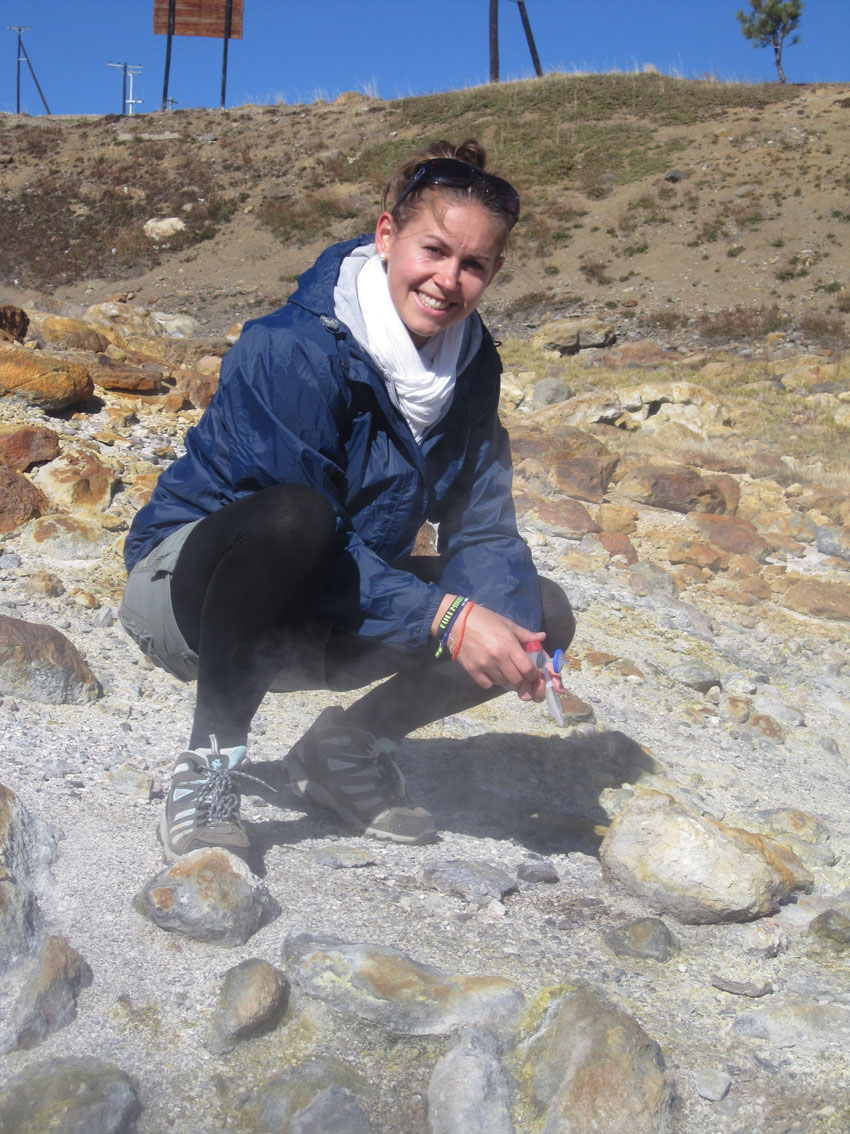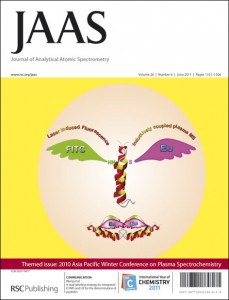The Second Atomic Spectroscopy Symposium of China was held on Aug, 19-21, at Shenyang, Liaoning, China. It was organized by Northeastern University, which was sponsored by The Atomic Spectroscopy Professional Committee of China Instrument and Control Society. More than 100 people from 44 units including National Natural Science Foundation of China (NSFC), Chinese Academy of Sciences (CAS), various universities and companies attended the symposium.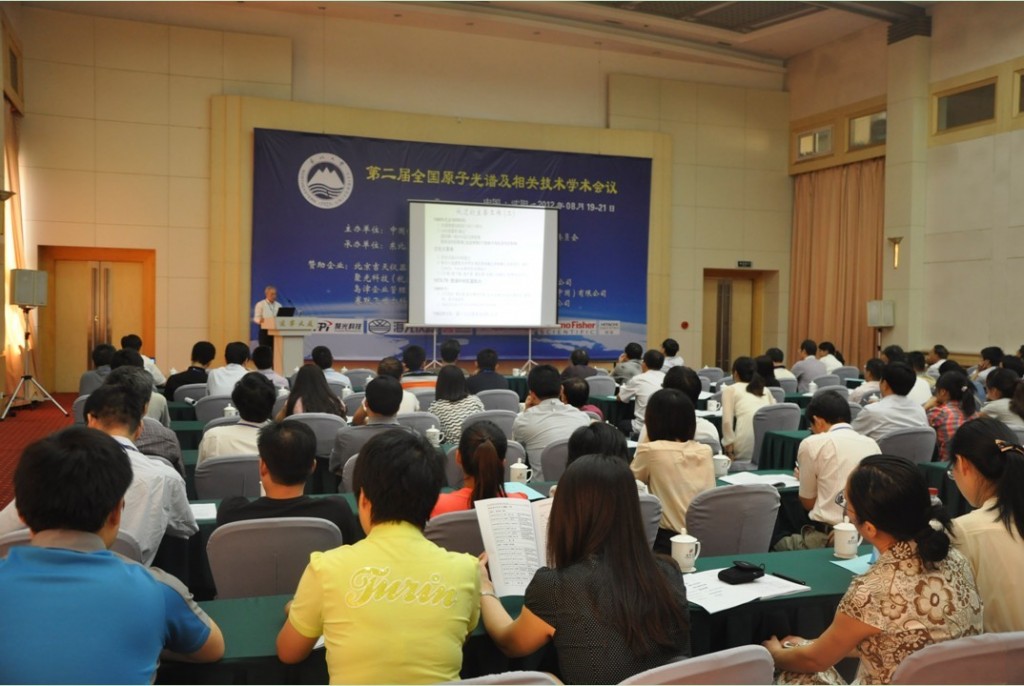
The symposium was organized by Prof. Jianhua Wang from Research Center for Analytical Sciences, Northeastern University. The Chairman was Prof. Guibin Jiang (Academician of CAS, Research Center for Eco-Environmental Sciences), and the Vice Chairmen were Prof. Qiankun Zhuang, Prof. Xinrong Zhang, Prof. Pengyuan Yang, Prof. Xiuping Yan, Prof. Bin Hu, Prof. Xiandeng Hou, Prof. Jianhua Wang and Prof. Qiuquan Wang. Prof. Qiuquan Wang chaired the opening ceremony, and Prof. Liang Zuo (Vice President of Northeastern University) gave an opening speech. In addition, Prof. Qiankun Zhuang (The Director of Analytical Chemistry, NSFC) and Prof. Pengyuan Yang (Fudan Univeristy) gave speeches at the opening ceremony.
There were 3 plenary lectures imparted by Prof. Benli Huang (Academician of CAS, Xiamen University), Prof. Guibin Jiang (Academician of CAS) and Prof. Qiankun Zhuang. The symposium included 8 sessions, 23 invited lectures, 17 oral presentations and 35 poster presentations. This is an important professional symposium on atomic spectroscopy in China, which provided an opportunity for the academic exchange and will promote the development of atomic spectroscopy in China.











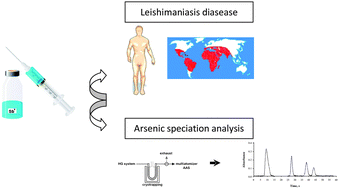
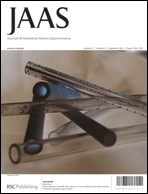
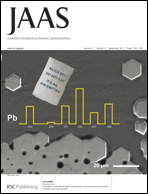
 We’ve already had some great HOT articles this month in
We’ve already had some great HOT articles this month in 